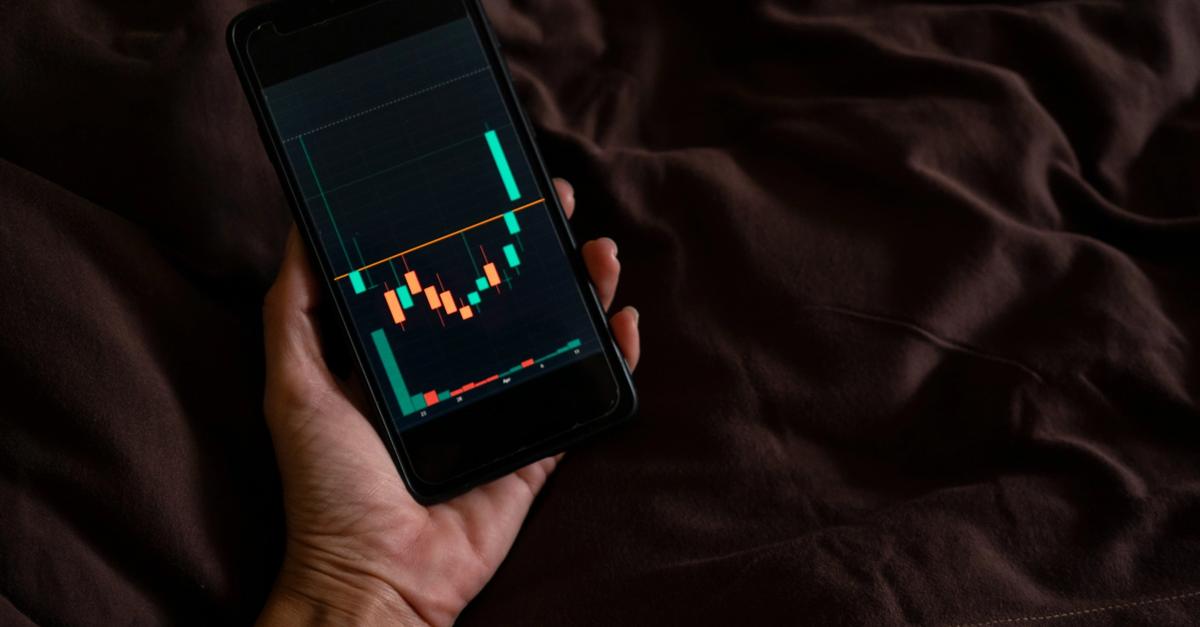Share
Investing vs. Paying Down Debt

Investing vs. Paying Down Debt

Many consumers are conflicted between paying down debt or investing. There’s a lot to be said about the opportunity cost between these two things. However, which is better will really depend on your situation, how much debt your carrying and what kind of investment return you expect to receive.
Potential Investment Return
Investment returns are not guaranteed. Many people lose money on investments and some see outsized returns. Any potential investment return you can receive will help grow your assets, however these are ultimately dependent on future performance. Which nobody will ever be able to tell you or accurately forecast. So, it’s hard to measure an unknown but we’ll try our best. Instead of trying to guess or predict or rate of return, we’ll instead use a benchmark estimate based on the S&P.
Benchmark for Investments
Anytime you have a benchmark for investments you should always use the SPY. The S&P 500 will be your best bet for using a benchmark return since this is everyone’s benchmark rate of return. And for good reason, time and time again many fund advisors fail to beat the benchmark rate of return of the S&P 500.
Opportunity Cost of Carrying Debt
Anytime you're carrying debt there is always an opportunity for holding cash. When you have liquid cash, the potential to make investments and the potential to pay down debts, you have an opportunity cost decision.
Opportunity Cost Decision
So how do you make the best possible financial decision? Well decisions are full of uncertainty, which is why they can sometimes be difficult to make. So how do we best make this decision? We weigh our options and see what will help stretch our money the furthest.
Example
Let’s put forward an example. Credit card debt costs 25% annually. The S&P is expected to return 10% by the end of the year and you have some money you would like to put towards either investments or paying down debt. You aren’t sure which one would be better for you so you look towards making an opportunity cost decision in order to help you out.
What should you do in this scenario? Your first priority in this scenario should be to pay down your debt because the 25% APR will cost you more per year than the 10% return on your investment. In this scenario paying debt should be your main priority and you should allocate all available cash towards paying it down.
Prioritizing Repayment of Debts
When prioritizing the repayment of the debts you have a few different options in terms of repayment strategies. You can utilize the debt snowball method in which you would prioritize paying down smaller balance accounts first or you could use the debt avalanche and pay down the highest APR accounts off first.
When debt is more expensive than any potential gain on capital returns, it’s always going to be to your benefit to invest invest that money (whether it’s via the stock market, cryptocurrencies, etc.).
Now, let’s put forth another example. If you have a 45% rate of return and 25% APR on credit card debt (rate of returns are not promised [especially not at 45%]). In this scenario, you should actually put your money towards the investments since it will make your money grow more than you your 25% cost of carrying debt. However, you should also consider any taxable gains you’d made from selling.
There are very few scenarios in which putting money toward an investment makes more financial sense than eliminating debt in the long term. Whatever the case maybe, you need to always go with whatever makes your money move the furthest. However, the safest best will often times be to eliminate the debt. Debts usually have a locked cost and minimum APR%. While capital returns and investments are based on potential future gains.
Diversification
Why not both don't you say? What's wrong with spitting up your money between both investing and paying down debt? Nothing technically! Diversification is important for some things but in some scenarios, it doesn’t make much money sense. When you are carrying debt, you are carrying a liability. Not only will eliminating the liability free you from the high interest rate debt but it will also provide more financial freedom. Liabilities hold you back from achieving your financial goals and are also one of the main reasons some consumers don’t get to invest as much as they’d like too. The sooner you get rid of your liabilities, the sooner you can start investing more.
Diversification is good when investing with a portfolio but it’s not the right move here because it doesn’t allow your money to stretch the furthest and it goes against our opportunity cost decision making process if the debt cost more than your investment return (which it likely will).
Decision
Your main guide for helping you make financial decisions should always be opportunity cost. In some way or another, if you have a limited amount of money available, you will always be trading one thing for another. Whether that be an investment opportunity or a chance to pay down debt. If you have $2,000 in cash you can use $2,000 to pay off debt or $2,000 to invest. You can’t do both. That’s just how things tend to work.
And in that scenario, the correct choice will likely be to pay off high interest debt.